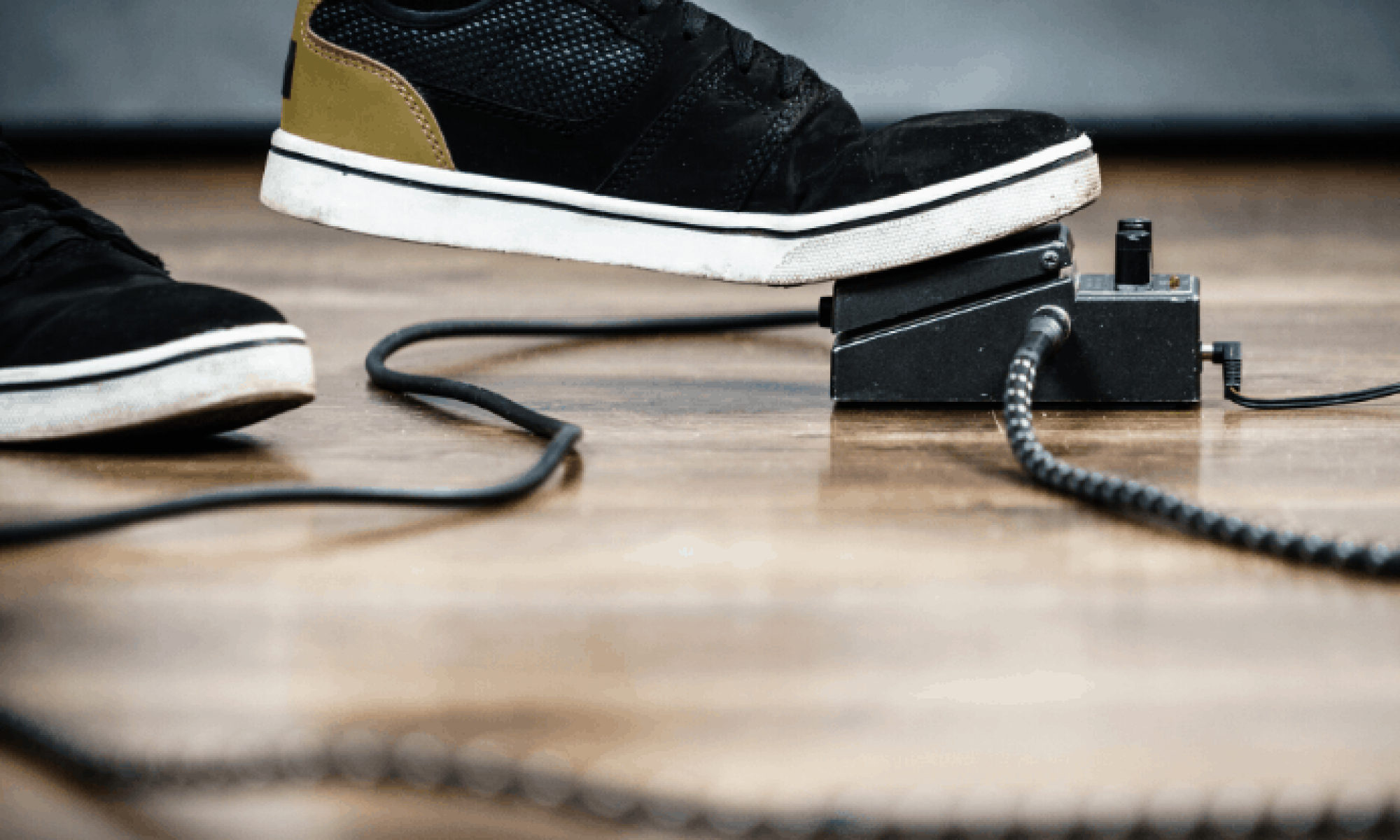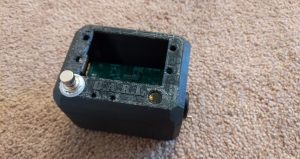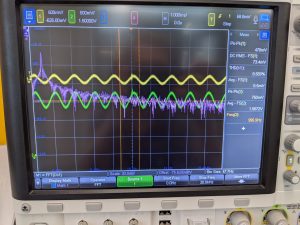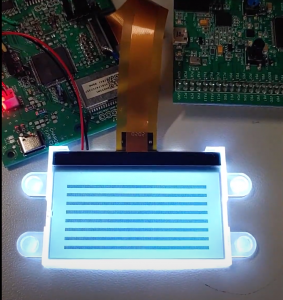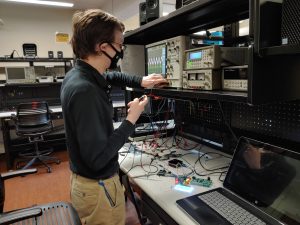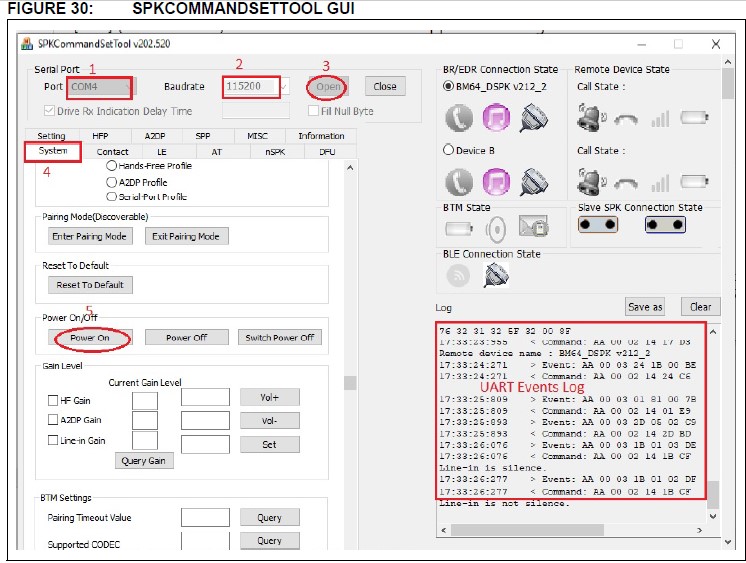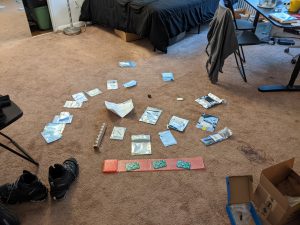The past two weeks I have been focusing on the LCD UI. I finished the character maps and have created helper functions and a main menu, as well as a bare-bones channel parameter menu. From here, I will include global variables that are controlled by the UI, and I will enable control via the rotary encoder, button, and footswitch.
My progress is behind schedule, but I plan to work on the UI more before Monday. The code is written modularly, so once I write interrupt routines for the user-input controllers, I should be able to integrate everything quickly.
In the next week I hope to finish the UI and maybe implement some of the DSP effects, or do whatever else the team needs. We will probably also work on the final presentation slide deck, which I will be presenting.
Below is the small demo of going through a channel parameter menu:
